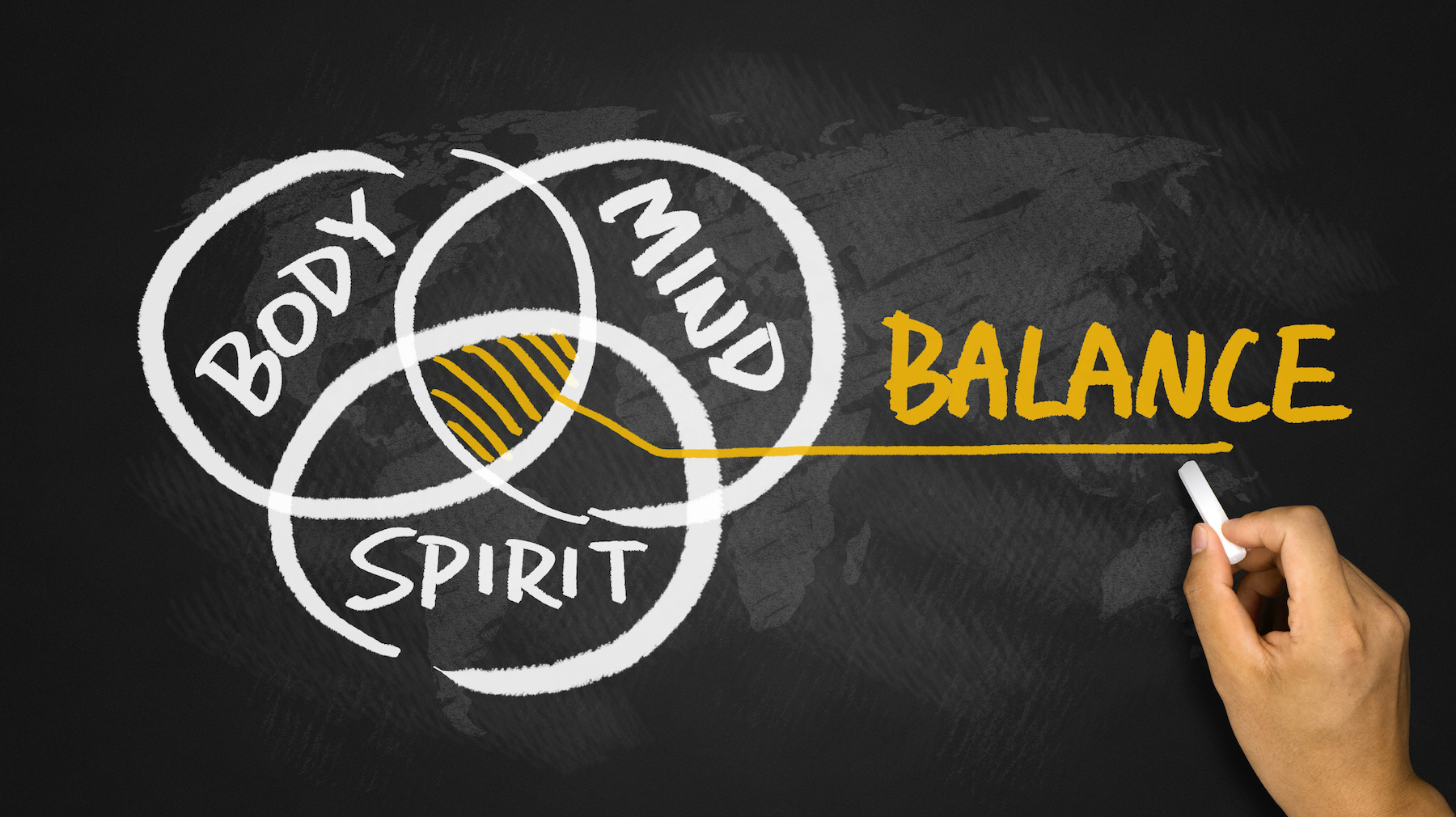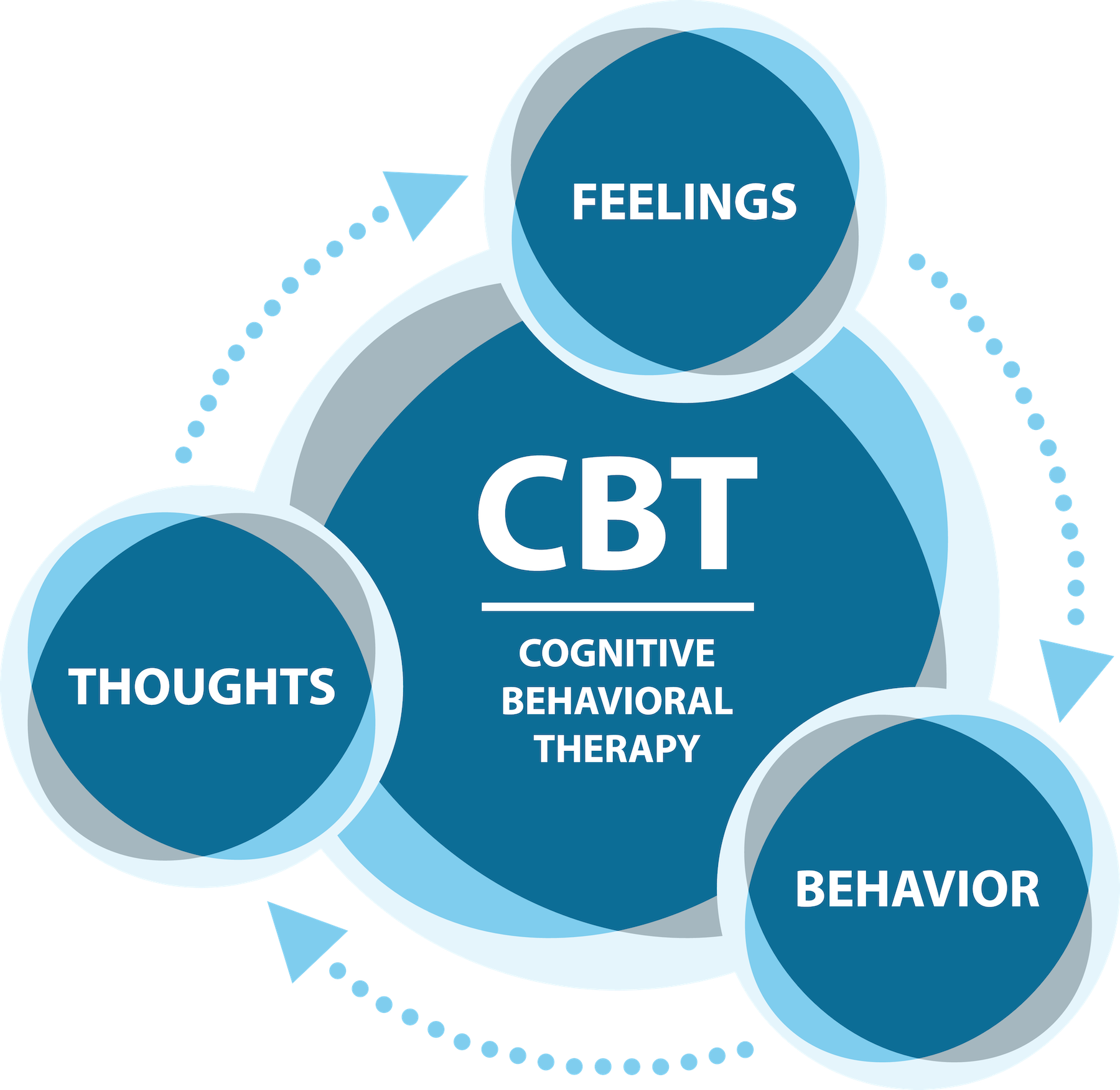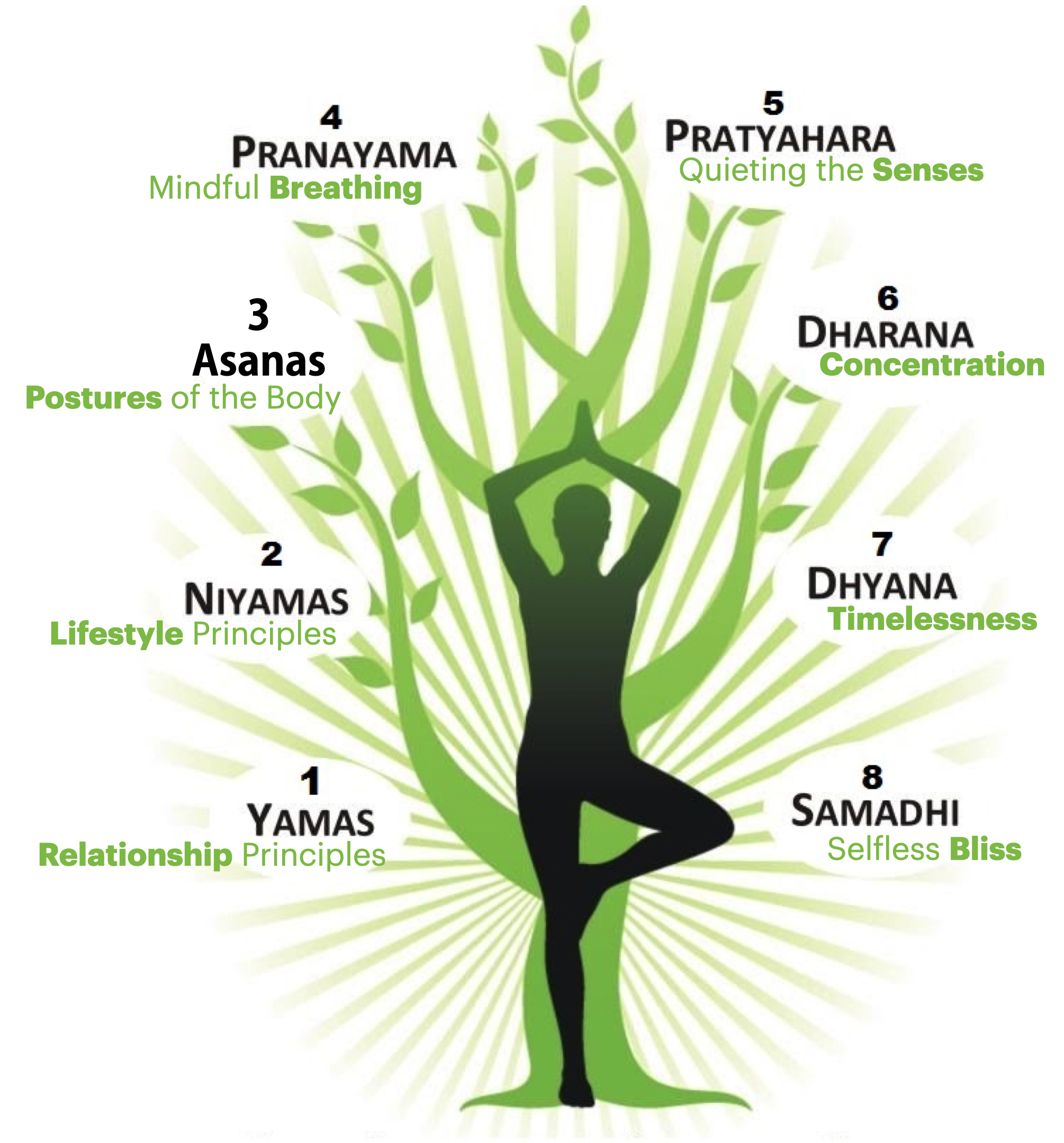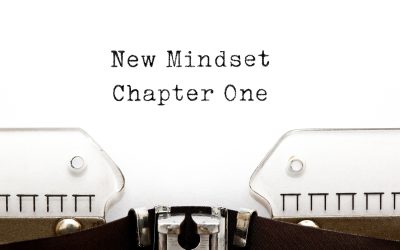Cognitive Behavioral Therapy and the Yoga Sutras

DE-‘MYTHTIFYING’ YOGA – A MENTAL HEALTH MODALITY
Cognitive Behavioral Therapy (CBT) and yoga may seem like two completely foreign approaches to mental health and wellbeing, but there are several similarities within these modalities. Both aim to improve emotional regulation, reduce stress, and enhance overall mental and physical health. Both also have significant research on successful outcomes. This is my attempt to scratch the surface on this overlay with a synopsis of both.
Let’s start with looking at common misnomers about yoga:
- Yoga is just some sort of physical workout.
- You have to be flexible to practice yoga.
- Yoga is a religion.
- Yoga is for women.
- Meditation is the only mind activity in yoga.
- You must do poses perfectly to experience the benefits.
- Yoga is a cult.
- Yoga is just a workout trend.
- You have to be young to start yoga.
- You have to attend a yoga class to ‘do’ yoga.
The list could go on, but I’m guessing there are a few myths on this list that you believe to have truth. All of them are false.
Let’s take a look at the first 2 Sutras – the foundational text of Yoga to orient ourselves for this purpose:
Sutra 1.1:
Now yoga begins.
Sutra 1.2:
Harness/Mastery of the fluctuations of the mind.
It’s worth noting that the very first yoga sutra simply acknowledges the act of showing up, an intention or commitment to action; engaging with a process. There is no yoga without you, the human, and the teacher, passed down through the yoga sutras – which is Sanskrit for ‘thread’, like a suture.
This is an important aspect and discipline in many healthcare modalities, including treatment of addiction, anxiety, physical therapy, weight loss, cardiovascular disease and more. Sutra 1.1 – scribed over 2000 years ago – is yet another practical step that makes yoga a not so mystical modality.
Here is a list of other simplified definitions, as expressed by my classmates when I was studying to be a Yoga Therapist.
Yoga is:
- Awareness, breath and movement.
- 99% waste removal.
- Improving relationships: your relationship with yourself, with others and the greater world.
- Developing a heart to heart connection.
- Moving from duhkha to suhkha. (From suffering to contentment)
- Self reflection, and self refinement – the ability to do something tomorrow that you can’t do today.
- Making the unconscious conscious.
- Life skills for the self we didn’t learn the first time around.
- Mastery over matter, control of the senses.
- Following the experience from a teacher who has followed the experience of a teacher…
Here again, we can see most of these interpretations of what yoga ‘is’ to be applicable to the therapeutic intention of CBT.
Perhaps the greatest misunderstanding of yoga is that it is a religion. There are religious texts (the Vedas and Upanishads) of the period around 800-400 BCE through 1500 BCE that influenced the yoga sutras when they were scribed around 500-200 BCE – though they are not exclusively derivative.
From one perspective, it’s not unlike how ‘In God We Trust’ is printed on U.S. currency and posted on the wall behind the judge in the NYC courtroom where I was serving my jury duty last year. Whose ‘God’ does our government mean? Is it strictly Christian values learned in preschool and kindergarten, such as: kindness, sharing, gratitude, waiting your turn; if at first you don’t succeed then try, try again; non-violence and being happy, to name just a few?
So let’s return to the goal of yoga as reducing suffering by harnessing the fluctuations of the mind and now compare that with modern psychology – also dedicated to mind health.
TREATMENT PLAN / PRACTICE – TOMATO / TOMAHTO
As we look closely at one of the more common methods (practices) of psychology being Cognitive Behavioral Therapy (CBT), we can find a significant amount of overlap. The difference, from the clinical structure of CBT, is that yoga simply goes deeper into self-realization, tuning into our value system, ethics and somatic awareness – ergo, body, mind and spirit.
And it’s important to note, this does not mean that yoga is perfectly suited as an alternative to psychology in general. This is about one treatment technique with considerable overlap, which may help us understand longstanding misconceptions about yoga – it’s not about replacing any psychological treatment.
Here are common strategies in a CBT treatment plan, according to the American Psychology Assoc [APA]:
- Learning to recognize one’s distortions in thinking that are creating problems, and then to reevaluate them in light of reality.
- Gaining a better understanding of the behavior and motivation of others.
- Using problem-solving skills to cope with difficult situations.
- Learning to develop a greater sense of confidence in one’s own abilities.
- Facing one’s fears instead of avoiding them.
- Using role playing to prepare for potentially problematic interactions with others.
- Learning to calm one’s mind and relax one’s body.

Not all CBT will use all of these strategies. Similar to yoga therapy, the therapist works collaboratively with the patient/client to uncover a deeper understanding of the problem and customize a treatment plan – or toolkit for the individual.
THE EIGHT LIMBED PATH
The Yoga Sutras offer guidance – tools – toward the same goal of moving from suffering to contentment and reducing stress or other pathologies associated with the body. Out of the nearly 200 Sutras, a comparable treatment plan to CBT would be what is considered a sort of roadmap of yoga, called ‘The Eight Limbs’.
These particular Sutras are a step-by-step guide for achieving mental clarity, spiritual growth, and a more balanced life. You know, the kind of bliss that doesn’t require chocolate or triple cream. The eight limbs encompass ethical principles, physical movement, mental techniques, and spiritual concepts that can be integrated into a daily lifestyle.
Sutra 2.29 – The 8 Limbs:
1. Yamas: Relationship principles for how to relate to others.
2. Niyamas: Lifestyle principles to cultivate inner purity.
3. Asana: Physical postures that prepare the body for meditation.
4. Pranayama: Breath practices to balance energy and calm the mind.
5. Pratyahara: Withdrawal of the senses to create inner focus.
6. Dharana: Concentration on a single point to develop mental clarity.
7. Dhyana: Deep meditation that leads to inner stillness and insight.
8. Samadhi: Enlightenment or liberation, a.k.a. true bliss.

SO WHAT EXACTLY IS CROW POSE ANYWAY THEN?
That was a lot of information! And you may notice, nothing about standing on our heads or crow pose here. In fact, you won’t find a list of all yoga poses in the yoga sutras. The physical practice is only mentioned in a handful of the nearly 200 sutras that teach us about the practice of quieting the mind.
If you’ve made it this far, you’re clearly intrigued and perhaps creating new neural pathways in the brain by challenging outdated or limited beliefs – congratulations, you’re practicing perspective!
Let’s just summarize our brief comparison of modern psychology techniques to yoga techniques by saying, in many ways they are the same and in some ways they are just a different approach to the same intention of wellbeing. Yoga offers a more holistic approach to wellness by involving body and spirit practices along with the mental/mind emphasis of CBT.
And if we recall the list of practical definitions reviewed at the beginning of this article, we might see a more concise and perhaps ‘western’ orientation to yoga: Yoga is lifestyle medicine.
Brief History of the Development of Yoga
1. Indus Valley Civilization (around 3000 BCE): Early forms of meditation and physical postures.
2. Vedic Period (1500 BCE to 500 BCE): Rituals, prayers, and the early roots of yoga philosophy.
3. Upanishadic Period (800 BCE to 400 BCE): Focus on meditation and self-inquiry.
4. Classical Yoga (500 BCE to 200 CE): Systematization of yoga through Patanjali’s Yoga Sutras.
5. Post-Classical Yoga (200 CE to 1600 CE): Development of Hatha Yoga, focus on physical postures and purification practices.
6. Modern Yoga (late 19th century to present): Global spread, popularization as physical exercise, and integration into wellness practices.
Rapidfire Research on Meditation
Alright, so research is super boring to many of us in jobs without goggles and white lab coats, but….. Spoiler Alert! Meditation offers a multitude of health benefits, encompassing both mental and physical well-being – and including both structural and functional changes to certain brain regions.
What is Practicing Perspective?
It’s the white foamy stuff that can snuff out the dumpster fire in your body set by cortisol.
Perspectives are not only seen with the eye, they are also held in the mind; they’re often even deeply rooted beliefs. So practicing perspective is an activity of…
What is meditation?
Making The Case For This Devastatingly Simple, Totally Achievable, Modern Yet Ancient Mental Health Practice You Might Want To Rethink.
Meditation is a tool for the mind, just as a barbell is a tool for the muscle or a treadmill is a tool for cardiac training.


